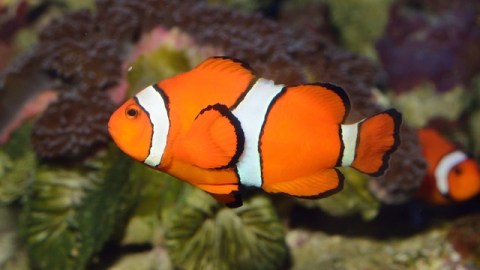Why Nemo May Soon Be Homeless

What’s the Latest Development?
A report published in PLoS ONE describes the effects of global warming on sea anemones and the fish species that depend on them, one of which was represented (in animated form) in the popular film “Finding Nemo.” The brightly-colored clownfish is one of 27 species of “anemonefish” that form one part of a three-way symbiosis with anemones and the algae that provides nourishment. An international research team surveyed almost 14,000 anemones across the globe and found that in some areas, “population viability will be severely compromised if anemones and their symbionts cannot acclimat(is)e or adapt to rising sea temperatures.”
What’s the Big Idea?
Anemones are related to coral, and they are experiencing the same problem: Warming waters are killing the algae, and their loss results in bleaching. Once the anemones have lost their color, the fish that live among them are much easier for predators to spot and eat. Ultimately, says report co-author and James Cook University researcher Ashley Frisch, the loss of these ecosystems will negatively impact poor coastal communities that depend on income from tourism and the aquarium industry.
Photo Credit: Shutterstock.com





